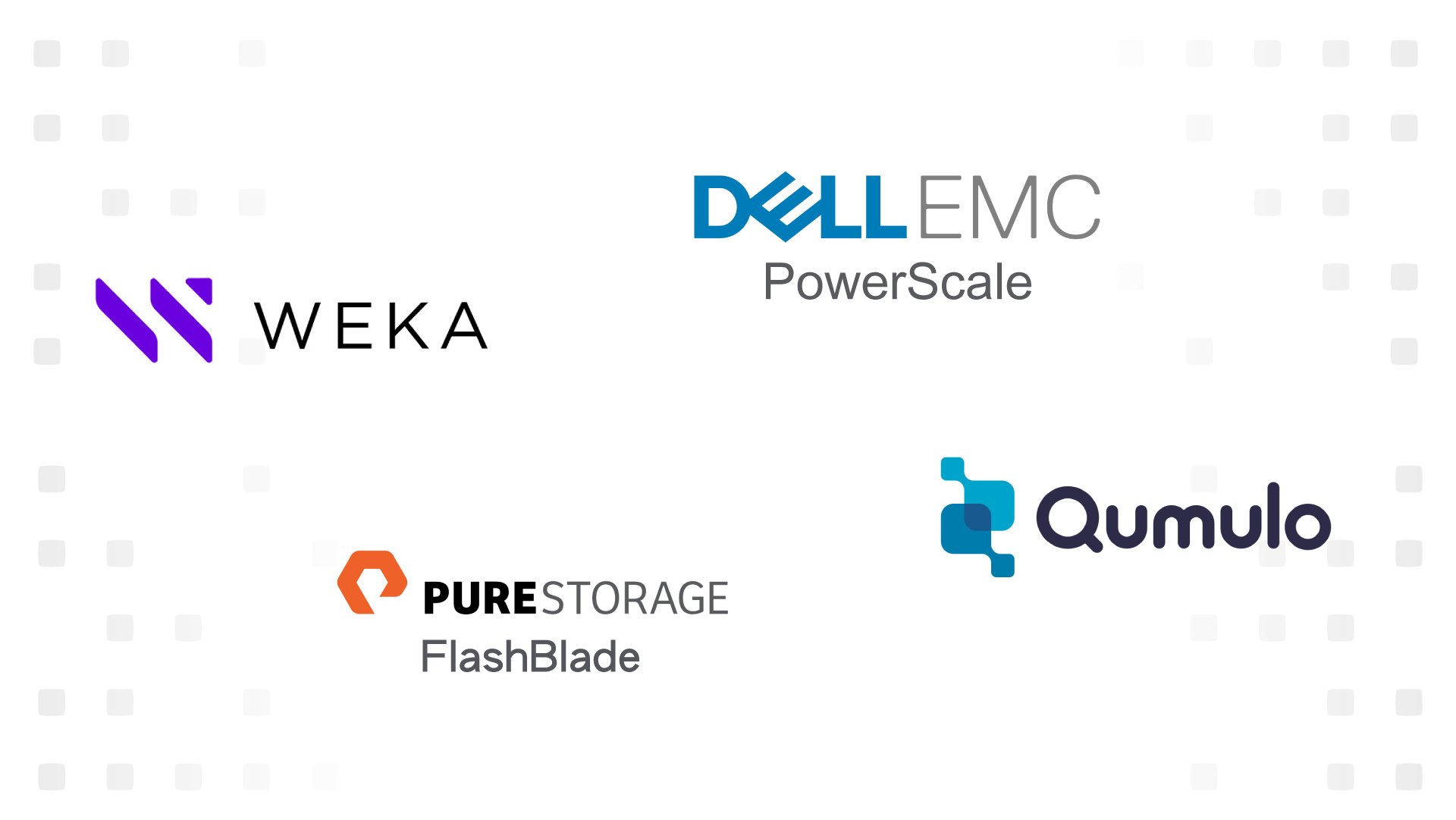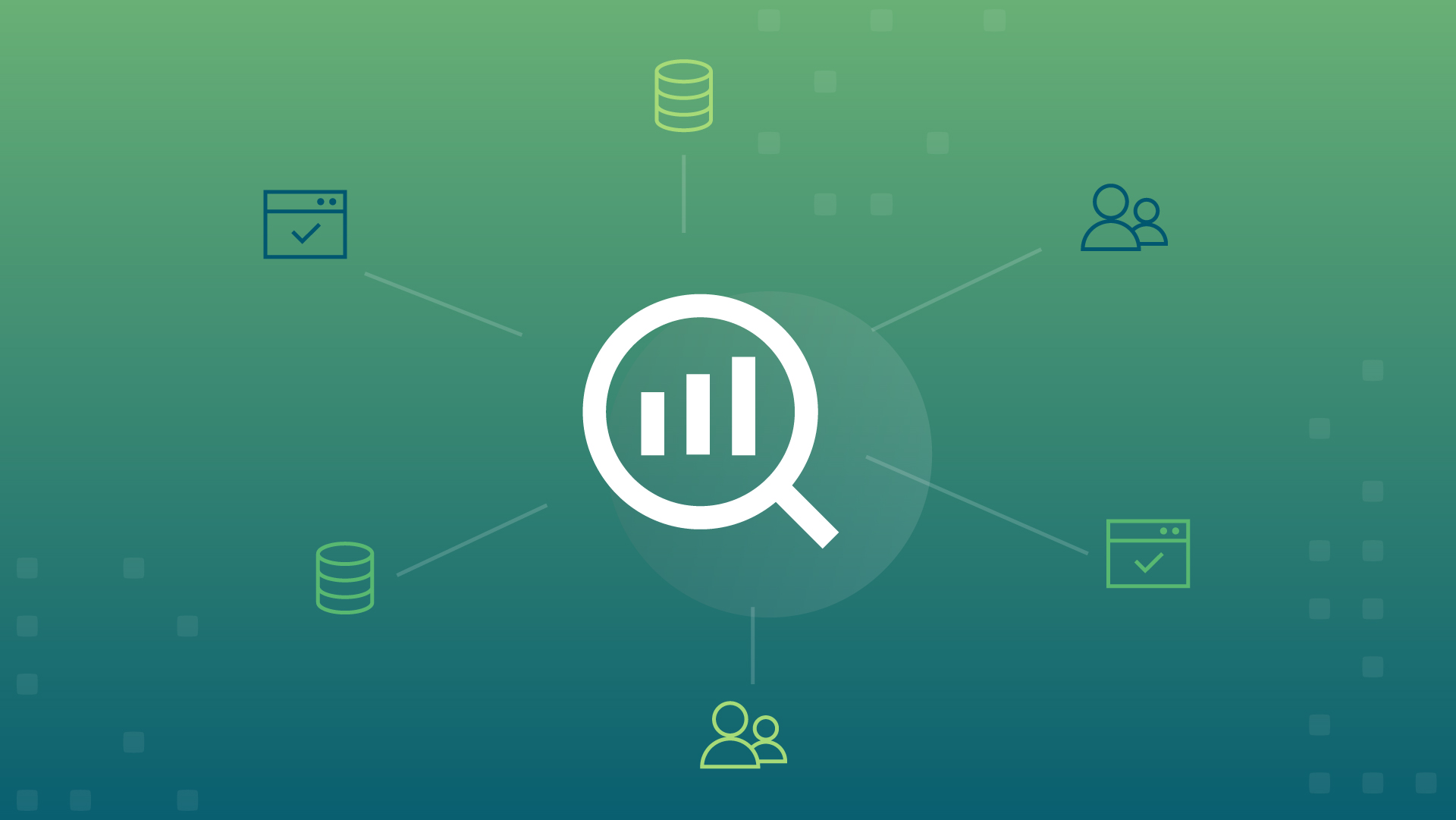Editor’s Note: This post was originally published on May 6, 2020 and has been recently updated to include the latest insights and best practices.
One of the major challenges enterprises often face when adopting advanced analytics is maintaining proper governance and security of data.
Since tools like Artificial Intelligence (AI) and Machine Learning (ML) require a substantial amount of data to be truly effective, there’s an increased importance on properly storing and optimizing the information your organization captures.
The reality is that by making an ocean of data available for AI and other analytics tools, you’re opening the doors to potential breaches in privacy, compliance, and security.
So what’s the answer? How do you leverage AI without putting your data at risk?

Building a secure sandbox
One of the promises of advanced analytics is experimentation—the ability to run models with no real goal in mind in order to unearth unexpected and original insights that can benefit your business.
The tradeoff of this promise is the fact that, in order to actually gain usable information from tools like AI, you need the freedom to constantly run a wide range of models.
In a large data sandbox, access to information can be hard to govern. That’s why it’s extremely important to take steps as data comes in to properly manage it and make it available. This can be done in a number of ways, including:
 1. Data sanitation
1. Data sanitation
One of the driving forces behind the growing use of AI is the rise of unstructured data. Things like the contents of emails, documents, and photographs.
While most of this data is seemingly mundane, it still needs to be properly sanitized of sensitive information before it’s put to use. Much of this sanitation can be automated so that, say, names and addresses are scrubbed away before the remainder of the data is put to use.
 2. Data tokenization
2. Data tokenization
Whereas sanitation can remove information from data sets altogether, tokenization can do the same job while still allowing for the removed information to be utilized later.
In tokenization, concerning information is replaced with a randomized token and stored in a secure location.
For example, if a retailer wants to use a third party to run analytics models on customer data, a token can be used to replace credit card numbers before the information is shared. Then, once the models have been run, that same data can be remarried to its customer’s credit card number.
This not only protects your customers from having their sensitive information exposed, it also protects your organization from the possibility of the third party you’re using being hacked and critical information like your customers’ credit card numbers making it into the wild.
 3. Data lakes
3. Data lakes
Since AI and other advanced analytics tools are only as good as the data they use, platforms like data lakes are an effective way to capture and store specific data for use without sacrificing privacy, compliance, and security.
By capturing specific data sets in a lake and imposing strict governance around that data, you can ensure that access to information is limited to only those that need it. That way, your data scientists can see data that other departments, such as marketing, don’t need to.
To learn more about how Redapt can help your business leverage advanced analytics in order to leap ahead of your competition, contact one of our experts. For more on advanced analytics, check out our in-depth guide.
Categories
- Cloud Migration and Adoption
- Enterprise IT and Infrastructure
- Artificial Intelligence and Machine Learning
- Data Management and Analytics
- DevOps and Automation
- Cybersecurity and Compliance
- Application Modernization and Optimization
- Featured
- Managed Services & Cloud Cost Optimization
- News
- Workplace Modernization
- Tech We Like
- AWS
- Social Good News
- Cost Optimization
- Hybrid Cloud Strategy
- NVIDIA
- Application Development
- GPU





